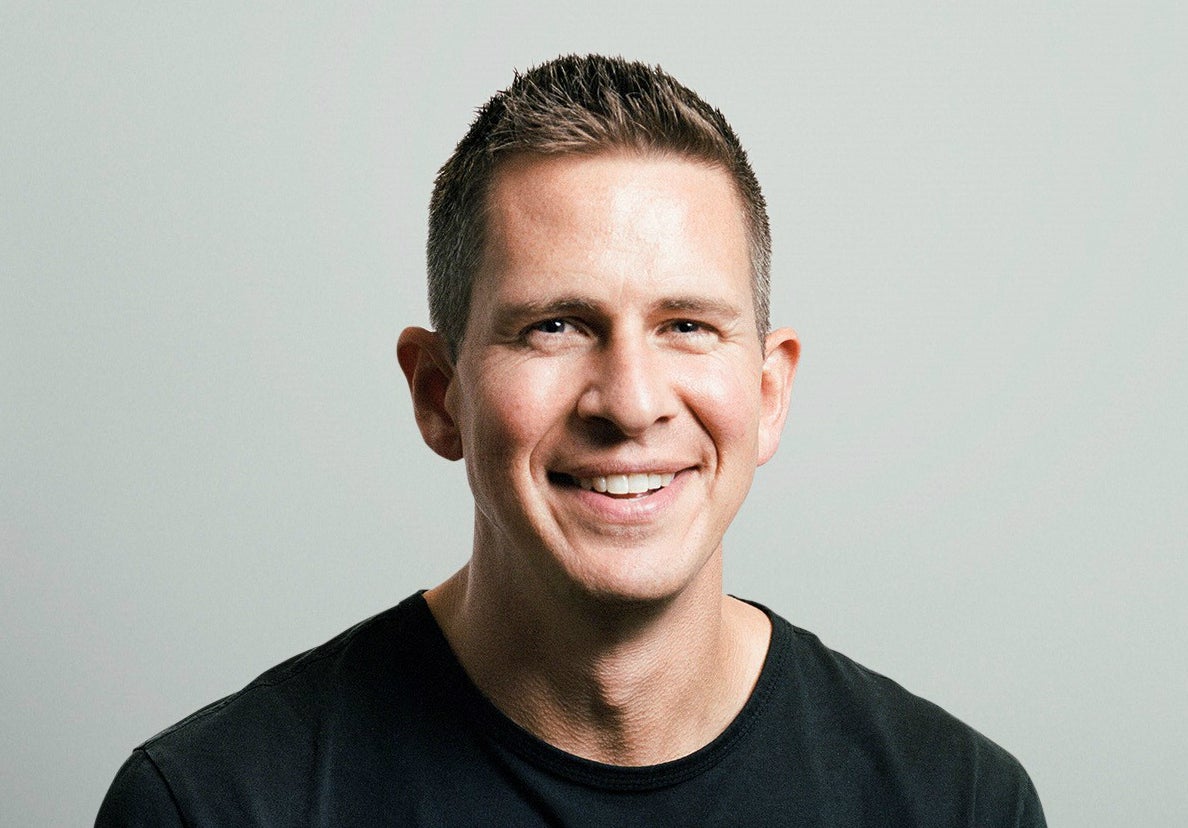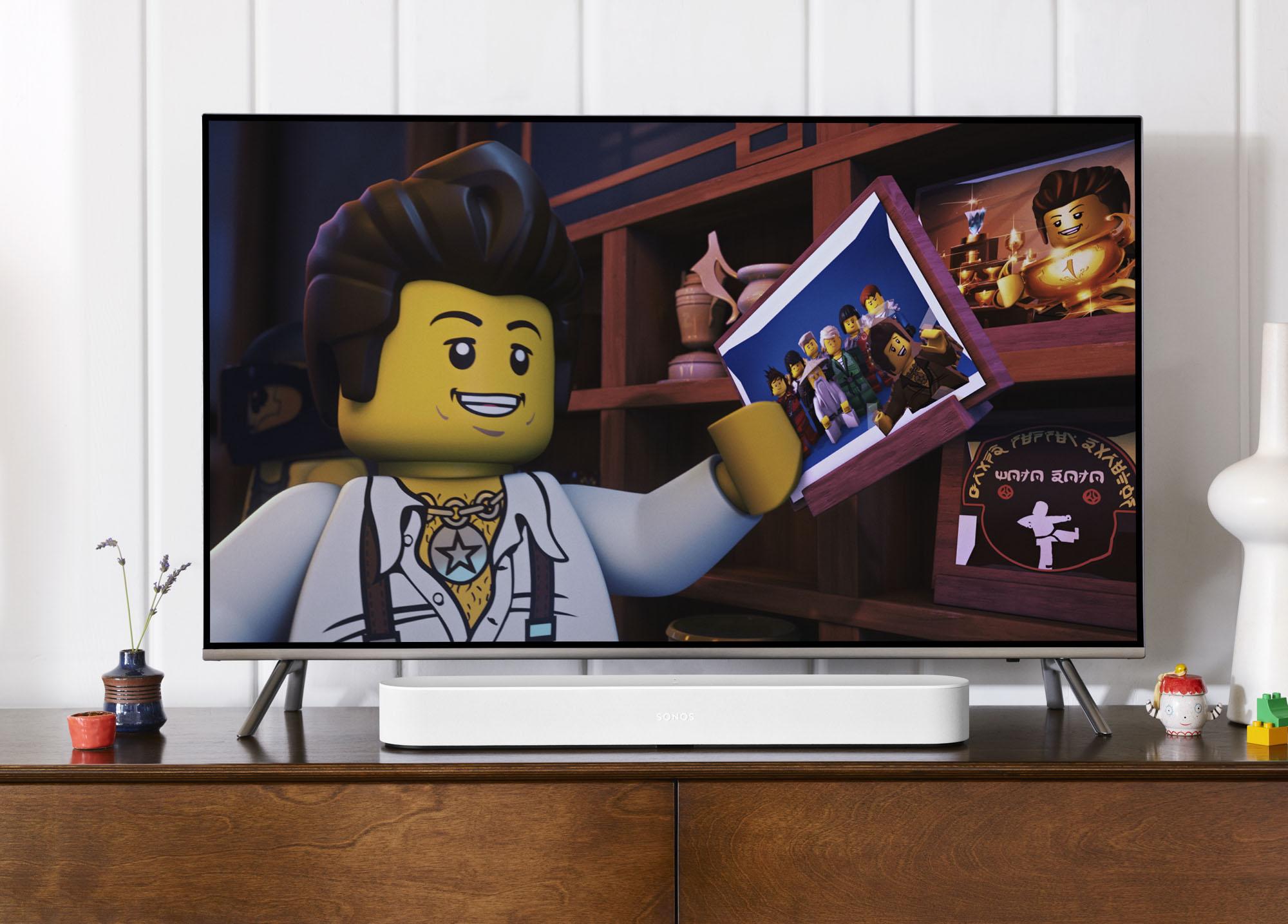Sonos Beam: CEO says new soundbar will 'get better over time'
In his first interview with a UK publication, Sonos CEO Patrick Spence talks to The Independent about how the new Sonos Beam is future-proof

Your support helps us to tell the story
From reproductive rights to climate change to Big Tech, The Independent is on the ground when the story is developing. Whether it's investigating the financials of Elon Musk's pro-Trump PAC or producing our latest documentary, 'The A Word', which shines a light on the American women fighting for reproductive rights, we know how important it is to parse out the facts from the messaging.
At such a critical moment in US history, we need reporters on the ground. Your donation allows us to keep sending journalists to speak to both sides of the story.
The Independent is trusted by Americans across the entire political spectrum. And unlike many other quality news outlets, we choose not to lock Americans out of our reporting and analysis with paywalls. We believe quality journalism should be available to everyone, paid for by those who can afford it.
Your support makes all the difference.The newly released Sonos product is a soundbar – that long, narrow speaker that sits under your TV pumping out bullet ricochet sound effects and atmospheric rumblings thanks to cunningly placed tweeters and woofers that create a soundstage wider than the speaker itself.
The Sonos Beam, as it’s called, is more compact than most soundbars, including the company’s previous TV helpers – the Playbar and Playbase – so that bigger soundstage is especially important here.
At the product’s launch, I sat down with CEO Patrick Spence.

Spence is the former chief operating officer who moved to the big job in January 2017. He is charismatic and welcoming, with the utterly unflappable, chilled vibe of someone who has music in the background all day long. It’s one of the tenets of Sonos that life is better with music.
I begin by asking him if the new speaker is meant to be a direct competitor to those bigger (and almost twice as pricey) machines Sonos sells.
“Well, we’ve advanced a lot of our thinking on sound and built this from the ground up," he says. "I think physics comes into play in terms of the size of the product and how much air you're pushing around but, for its size, this will be the best sounding product that's out there, for sure. But by no means does it replace Playbar and Playbase, which are great for people with really big TVs, for instance.”
Sonos products are long-lasting and nearly all the company’s original products are still in production, as though Sonos has future-proofed all of them.
“In consumer electronics, there are so many products that come out one year and then are kind of dead the next. That's just not the way we approach it," Spence explains.
"This is going to be in your home for many years. It's a significant investment and it should get better over time. It should fit into the home and deliver all the services that you want, and you shouldn't be trapped in one set of services from one company. You should be able to listen to everything you want to and even things that you and I can't dream about yet, that might be available in a couple of years, should be able to be supported.”
Spence is talking about one of the company’s touchstones, that it should be platform-agnostic. Both the Beam and the earlier Sonos One speaker have had Amazon’s virtual assistant, Alexa, built in. But Spence has just overseen a demo where Alexa and Apple’s equivalent, Siri, have both played a part – the latter isn’t integrated into the Beam but made a cameo appearance because the soundbar is compatible with Apple’s AirPlay 2 audio streaming system.
“It is a challenge to make both those things happen," he says. "We used this same principle when we worked with Spotify on its direct control app which sits in the cloud. Sonos has to know what's playing and share that information with our Sonos app of course, but also with the Spotify app and, now, with a voice assistant. So, our software allows you to be able to keep that continuity across everything, whether you're operating the speaker by touching it, or using our app, or Spotify's app, Alexa or Siri and, eventually, Google Assistant. And so, getting that to happen is extremely difficult, which is why you don't see anybody doing it, right? You see all these speakers that have one assistant. That's the easier way to do it.
“But we think customers should be able to access all of the services on the product. Could you imagine, it would be like buying one TV to watch the BBC and another to watch Netflix. That's not what customers should have to do. That's kind of what people are asking today around voice assistants. We feel confident because we've had long-term relationships with these companies from the music streaming side. And it’s what customers want. We want to see all the voice assistants that are important to customers on our voice-capable devices. That is the goal.”

And how about the price; £399 against £699 for the company’s other TV speakers? “We deliberately wanted to do something to democratise the whole home theatre space. Some people have much bigger TVs that require Playbar or Playbase and then others will want Sonos Beam because it fits nicely into their living room. We've even seen people in our testing groups using it in their kitchen or placing in interesting spots because it fits so nicely and creates great sound.”
Finally, how would he describe Sonos in terms of its priorities and values?
“I think that the paramount priority is the quality of experience," he says. "That involves making it easy for people to play their music out loud. So that's why we’re doing something like voice because it makes it easier to use, in addition to the app and the touch controls, to be able to do that. Part of that quality experience is - absolutely - great sound. That honest sound, making sure that it's out there.
"So, we think about it holistically: the design and the way it fits into people's homes, the sound, of course. But what we've also done is just make it super-easy and reliable for people to get great music playing in the house. That has been a huge feat and now we kind of take it for granted. That's what people really love: that simplicity and the fact that it sounds great. And then, if it looks great, well, I think you're in a good spot.”
Join our commenting forum
Join thought-provoking conversations, follow other Independent readers and see their replies
0Comments